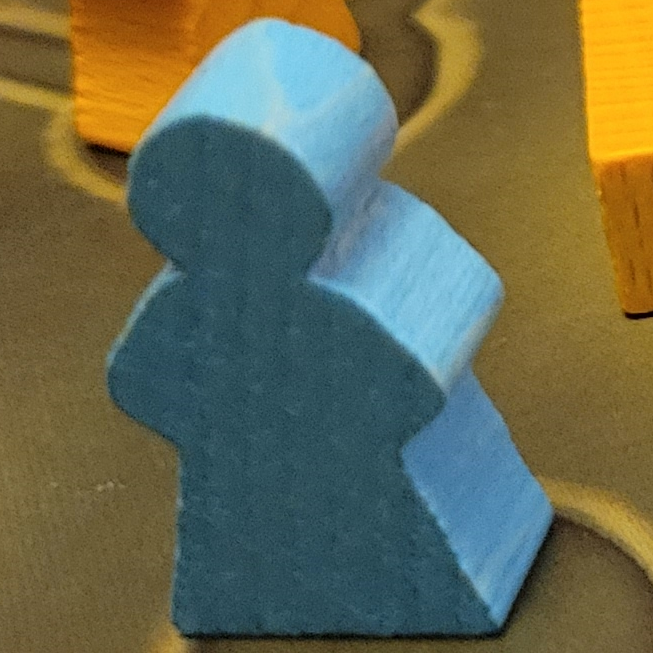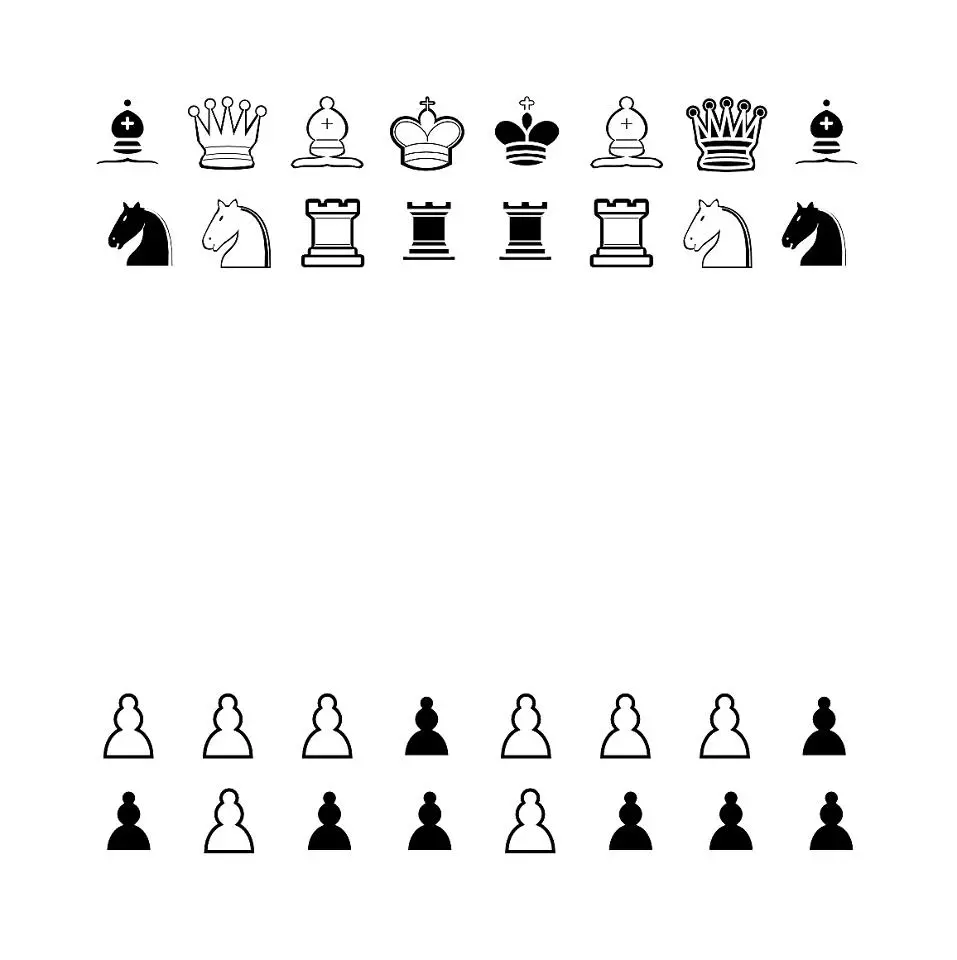When he struggles to reach across the board to move his chariot, I lose the plot.
how old is he?
impressive
Old enough to kick your ass at Chinese Chess.
I have no idea. Can’t be much older than 5, though.
What is this game?
Xiangqi, a.k.a. Chinese Chess.
Are there many differences with western chess?
From what I see, the pieces move the same way, but the kid uses the pawns to eat pieces in front of them instead of diagonally. Is it the kid not knowing the rules, or does Xiangqi have different rules from the chess I know?
象棋 is in the family of Chess games, but it is a different game, yes, like Japan’s Shogi. If you have any chess skills they’ll translate well to this game, though. There’s a Chess Variants page summary available that goes into better detail. In brief, though, the differences include:
- The “palace” in the centre of each side. The general and his advisors/guards are only permitted to move in that space: the advisors one space along the diagonals only, the general one space orthogonally only.
- Generals are not allowed to be in uninterrupted line of sight across the board. (A common pinning tactic uses this rule.)
- The elephant/ministers move diagonally two spaces, can be blocked, and cannot cross the “river” in the middle of the board. (This means they can only inhabit 7 places on the board, yet despite their rigidity knowing how to use them is incredibly important to play.)
- The horses move like knights in Chess, but unlike knights they can be blocked: they do not jump.
- The chariots are identical in movement and capture to the rooks of Chess.
- The cannons are … the things that will screw you up the most. They’re very subtle pieces. They move like chariots, but they capture by jumping a single piece (either side’s) to take a single piece on the other side of the jump. They must have precisely one piece between them and the target to capture it.
- The soldiers (what you called pawns) move forward one space when on their side of the river. Once they cross the river they can move one space forward, or to the left and right. They capture as they move.
- The game has the same number of pieces as Chess, but the board is larger (90 spaces instead of 64) meaning games tend to be more dynamic and free-flowing than Chess games.
Read the Chess Variants page for more detailed rules. It’s actually quite a fun game once you get used to reading the characters on the pieces.
I appreciate the lengthy explanation!
I tried playing Shogi a few times but I could never quite wrap my head around the strategies - big board, lots of pieces, different promotion rules and, of course, the drop really made my head hurt! Probably my inability to differentiate the pieces at a glance didn’t help, either.
This one sounds a lot more similar to the game I’m accustomed to. The river and palace rules sound interesting, and the low number of pieces keep it “simple” enough (as much as chess is simple, of course). I might want to look at it more closely in the future. My friend is a lot better at chess than me (1600 ELO vs 1000), I could use this game to spice things up and maybe even the field a bit :P
I’m with you on Shogi. I find that it’s on the least-elegant side of the chess spectrum and I just never managed to internalize the rules. I’ve tried it a few times, but I return to Xiangqi as a good, fast-moving game (that I completely and utterly suck at … but enjoy to pieces nonetheless).
You can find sets that use pictures or shaped pieces instead of Chinese characters, which will make it a lot easier to keep track of the board state.
As an alternative, for training up, you can print up circular labels of the appropriate size with the Chinese characters and their English meanings and stick them on the bottom of the playing pieces. Just play with the pieces upside-down until you’re used to the characters.
BTW, the kid knows the game very well. He kicked the adult’s ass. Almost casually. (There were only two short points where he paused to think when playing.)



